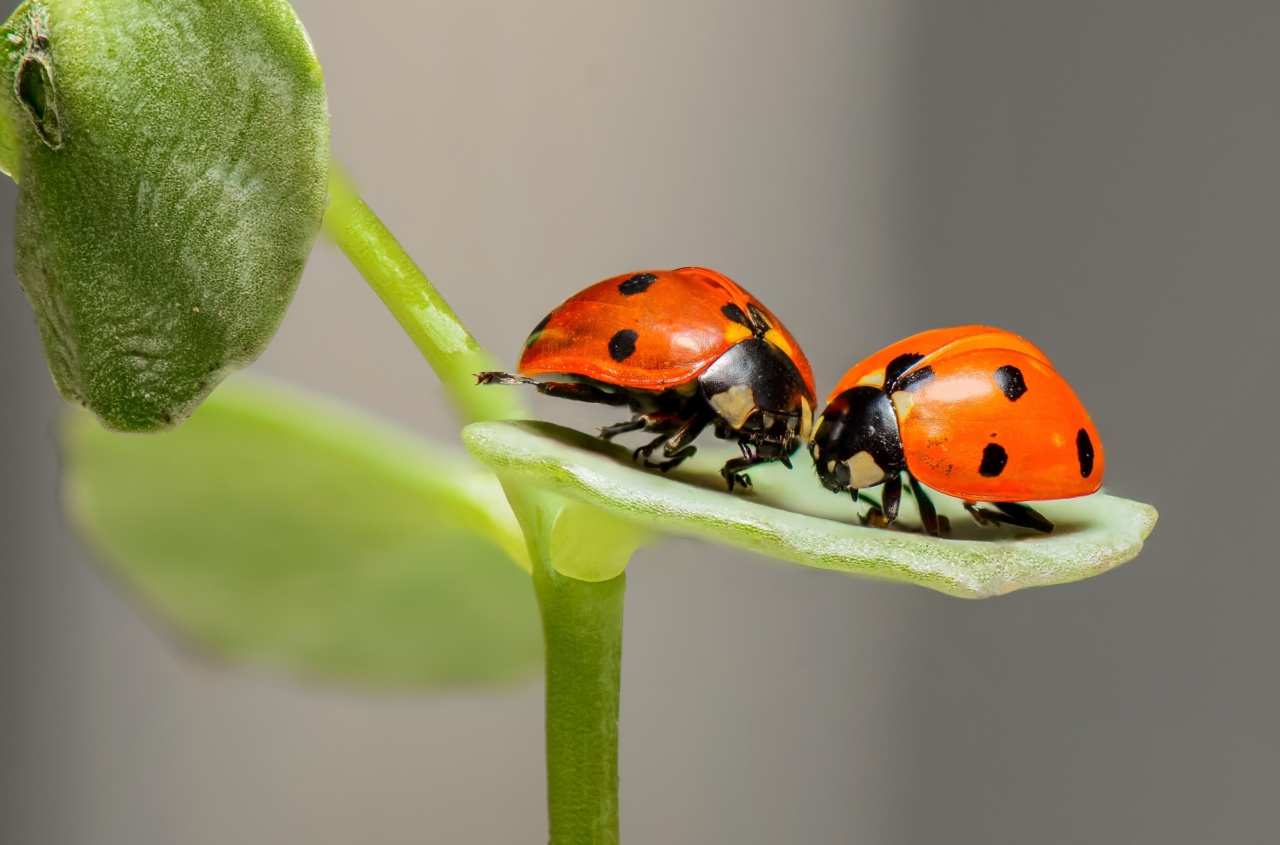Rhinitis is a common condition characterized by the inflammation of the nasal passages. It can cause a range of symptoms, including sneezing, runny or stuffy nose, itching, and nasal congestion.
While many factors can contribute to the development of rhinitis, one often overlooked cause is tiny nuisance-causing insects. In this article, we will explore how these minuscule creatures can lead to rhinitis and discuss prevention and treatment options.
The Role of Insects in Rhinitis
Although we may not always be aware of it, our homes and outdoor environments are teeming with insects.
From dust mites and cockroaches to pollen-carrying insects like bees and butterflies, these tiny creatures can trigger allergic reactions in sensitive individuals, leading to the development or exacerbation of rhinitis.
Allergic Rhinitis and Insect Allergens
Allergic rhinitis, often referred to as hay fever, is a type of rhinitis caused by an allergic response to allergens such as dust mites or insect droppings.
These allergens can cause the immune system to produce antibodies, leading to the release of chemicals like histamine, which trigger the symptoms associated with rhinitis.
Dust Mites: Common Culprits
Dust mites are among the most common insects responsible for triggering allergic rhinitis. These microscopic creatures thrive in warm and humid environments, such as bedding, upholstered furniture, and carpets.
Dust mites feed on dead skin cells shed by humans, and their droppings contain allergenic proteins that can induce an allergic reaction when inhaled.
Cockroaches: Uninvited Roommates
Cockroaches are another common contributor to rhinitis. These insects are known to contaminate indoor environments with their droppings and shed skin cells.
Cockroach allergens can easily become airborne, leading to the development of allergic reactions and exacerbation of rhinitis symptoms in susceptible individuals.
Pollen-Carrying Insects and Outdoor Rhinitis
While dust mites and cockroaches are primarily indoor pests, outdoor rhinitis can be triggered by insects that carry pollen.
Bees, wasps, and butterflies are examples of insects that can inadvertently transport pollen grains, contributing to the onset of allergies and rhinitis symptoms in susceptible individuals.
Preventing Insect-Related Rhinitis
Prevention plays a crucial role in managing insect-related rhinitis. Here are some measures to consider:.
1. Regular Cleaning and Vacuuming
Frequent cleaning and vacuuming can help reduce the presence of insect allergens. Focus on areas where insects, such as dust mites and cockroaches, thrive, such as carpets, rugs, and upholstery.
Use a vacuum cleaner with a HEPA filter to effectively capture allergenic particles.
2. Maintaining Optimal Humidity Levels
As dust mites flourish in humid environments, maintaining optimal humidity levels in your home can discourage their growth.
Use dehumidifiers or air conditioners to keep humidity levels between 30 and 50 percent, especially in bedrooms and other areas where you spend a significant amount of time.
3. Proper Food Storage and Waste Management
Cockroaches are attracted to food and waste, so proper food storage and waste management play a crucial role in preventing their infestation.
Keep food in airtight containers, clean up spills promptly, and dispose of waste properly to minimize the chances of attracting cockroaches.
4. Pollen Avoidance
If you are susceptible to outdoor rhinitis triggered by pollen-carrying insects, consider checking daily pollen forecasts and avoiding outdoor activities during peak pollen times.
Keep windows closed during high-pollen periods and use air purifiers with HEPA filters to minimize indoor pollen exposure.
Treatment Options for Insect-Related Rhinitis
If you experience rhinitis symptoms due to insect allergens, several treatment options can help alleviate your discomfort:.
1. Over-the-Counter Antihistamines
Antihistamines can help block the effects of histamine, reducing symptoms such as sneezing, itching, and runny nose. Many antihistamines are available over the counter and can be used as needed or on a regular basis for ongoing symptom relief.
2. Nasal Corticosteroids
Nasal corticosteroids are anti-inflammatory medications that can effectively reduce nasal congestion, swelling, and irritation caused by rhinitis.
These medications are applied directly to the nasal passages and can provide long-term relief when used as prescribed.
3. Allergen Immunotherapy
In cases of severe or persistent insect-related rhinitis, allergen immunotherapy may be recommended. This treatment involves gradually exposing the individual to increasing amounts of the allergen to desensitize their immune system.
Over time, this can reduce the severity of allergic reactions and alleviate rhinitis symptoms.
Conclusion
Insects, although tiny and often overlooked, can be significant contributors to the development and exacerbation of rhinitis.
Dust mites, cockroaches, and pollen-carrying insects can all trigger allergic reactions, leading to the characteristic symptoms associated with rhinitis. By taking preventive measures and considering appropriate treatment options, individuals can effectively manage insect-related rhinitis and improve their quality of life.




























